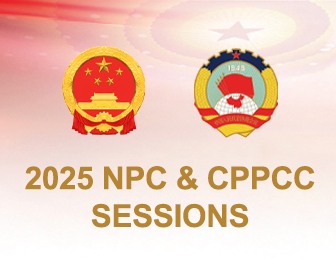Those who have made careers out of plugging luxury items on social media need to work harder as the focus has shifted on people who genuinely resonate with the values of the brands they endorse. Gennady Oreshkin reports.
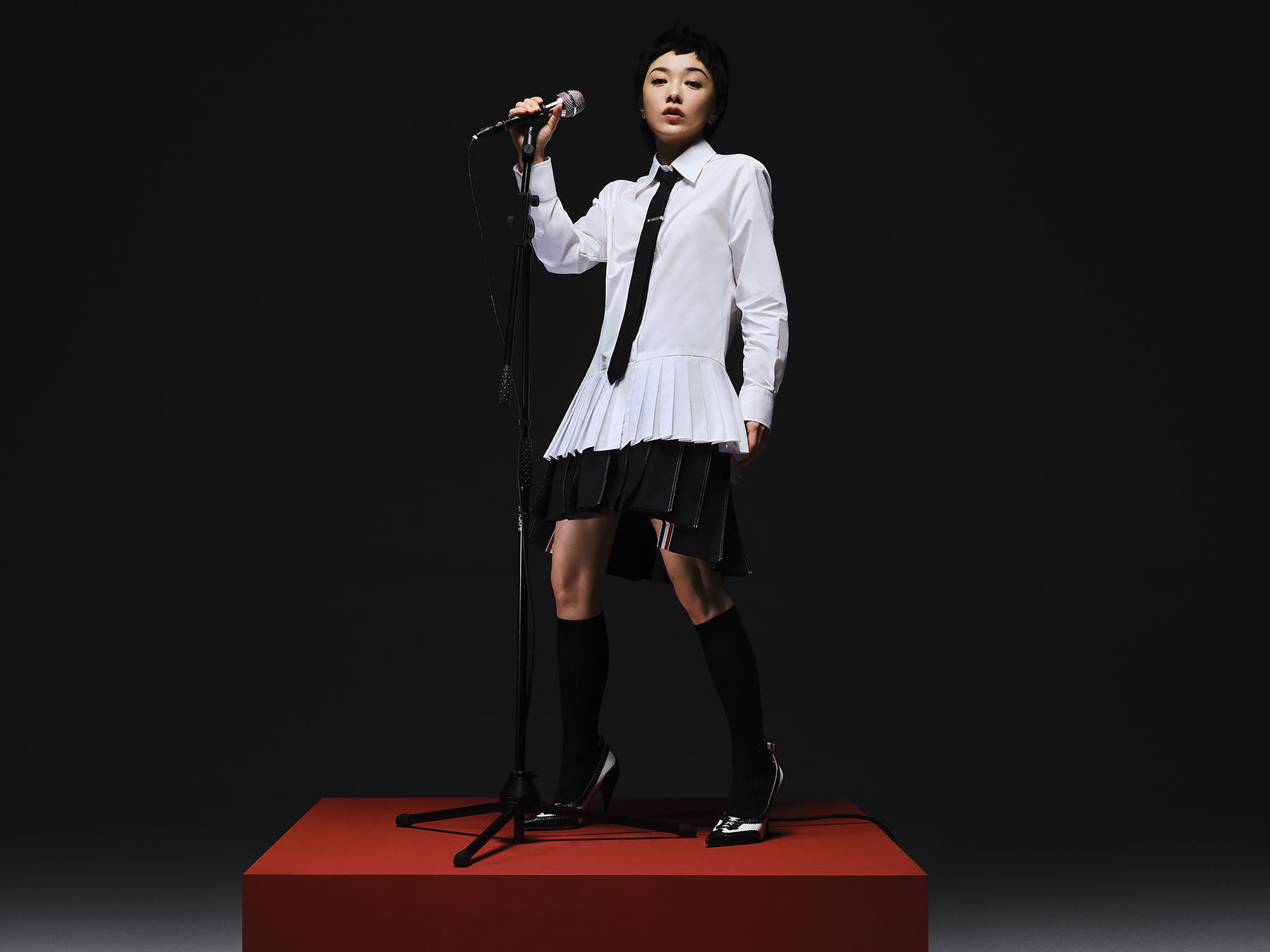
Influencers, or key opinion leaders (KOLs), are internet personalities who can affect people’s buying habits by promoting products on social media platforms like Instagram, YouTube and TikTok. In the early days of social media, people did it just for fun, or to help out a friend. However, once it became evident that it was possible to build lucrative careers based on one’s ability to persuade strangers, more and more people have jumped onto the influencer bandwagon.
READ MORE: Romancing the store
According to a report published by the market research and consultancy firm Fortune Business Insights, the world’s influencer marketing market — which was valued at $17.4 billion in 2023 — might reach $71.04 billion by 2032. The figures seem to suggest that the number of influencer campaigns produced globally is likely to multiply severalfold in less than 10 years from now, leading to a huge number of opportunities for influencers.
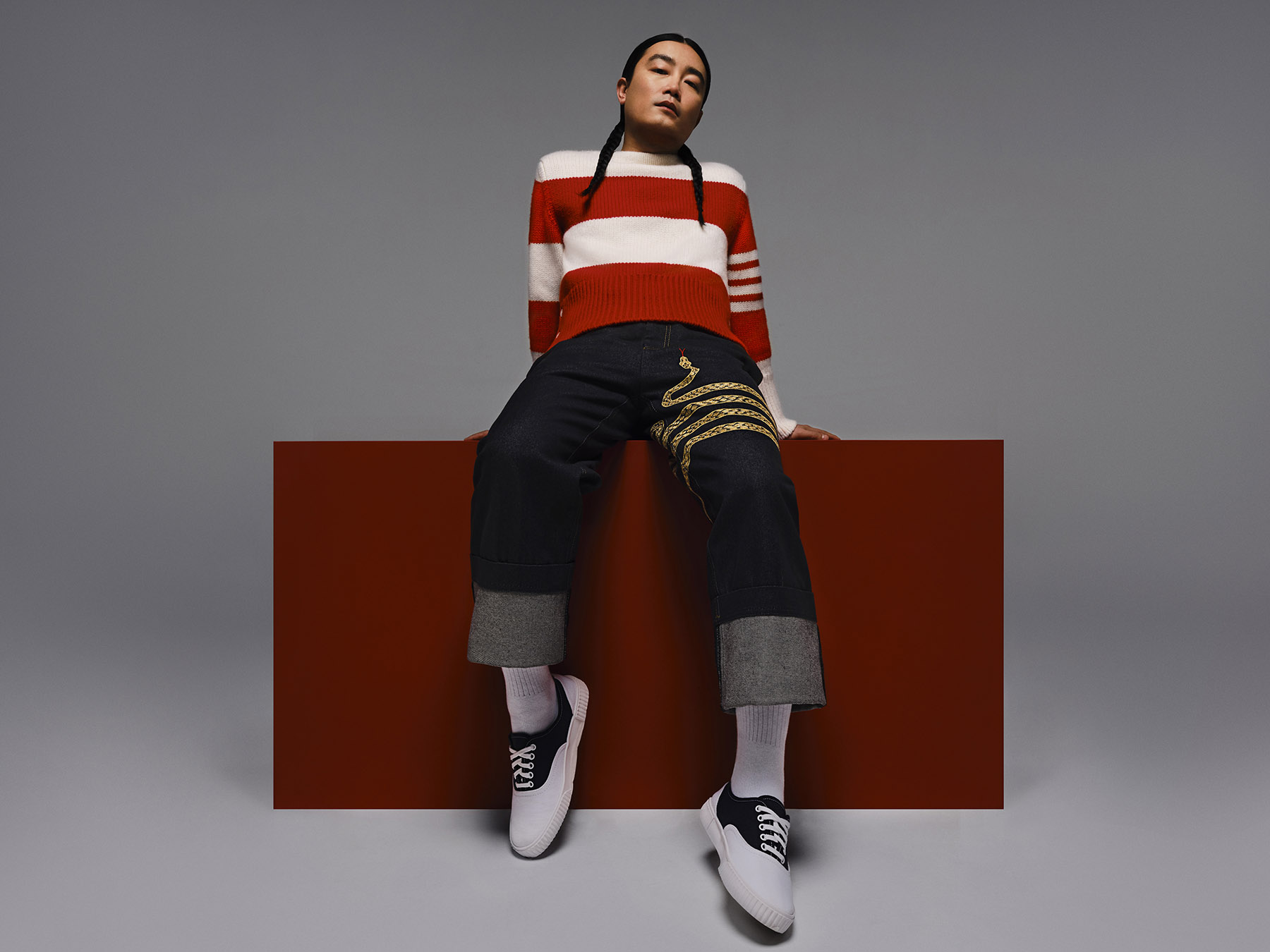
The report is at odds with a high-profile industry leader’s view that the field is already oversaturated. Kian Bakhtiari — the founder of an international network of influencers called The People — says as much in his Forbes magazine essay, titled Influencer Fatigue Sets Stage for a New Generation of Creators.
Since the publication of Bakhtiari’s piece in 2020, luxury fashion brands and retailers employing influencers to promote their products have begun to question the efficacy of such a strategy. However, Bakhtiari’s grim forecast has not deterred wannabe influencers from following their chosen path — certainly not in Hong Kong.
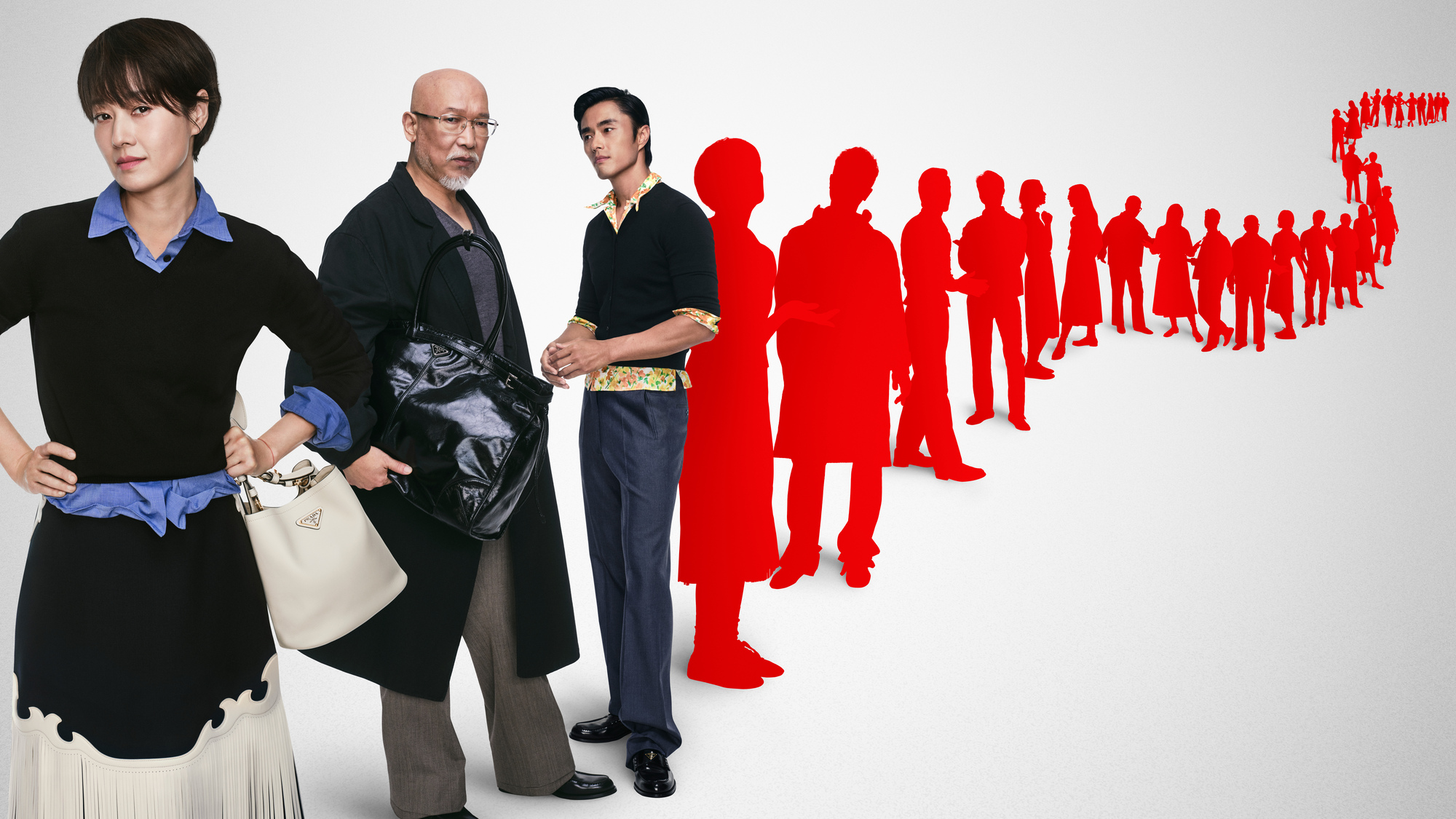
Make way for the specialists
The city currently has more than 7,000 influencers, according to the influencer marketing platform StarNgage+, although seeing that luxury brands seem to be using the same handful of people on their social media channels, it seems a large proportion of them aren’t in the highly sought-after bracket.
Even for those making a living from influencer work, the scene seems to be shifting. For instance, Hong Kong luxury department store chain Lane Crawford used to employ a number of influencers to steer their advertising campaigns. Style personalities like Justine Lee and Faye Tsui were often seen on its social media platforms, promoting seasonal merchandise. However, the retailer has since pivoted. In 2024, Lane Crawford began featuring more CEOs, founders and creative directors of the brands they retail in their campaigns.
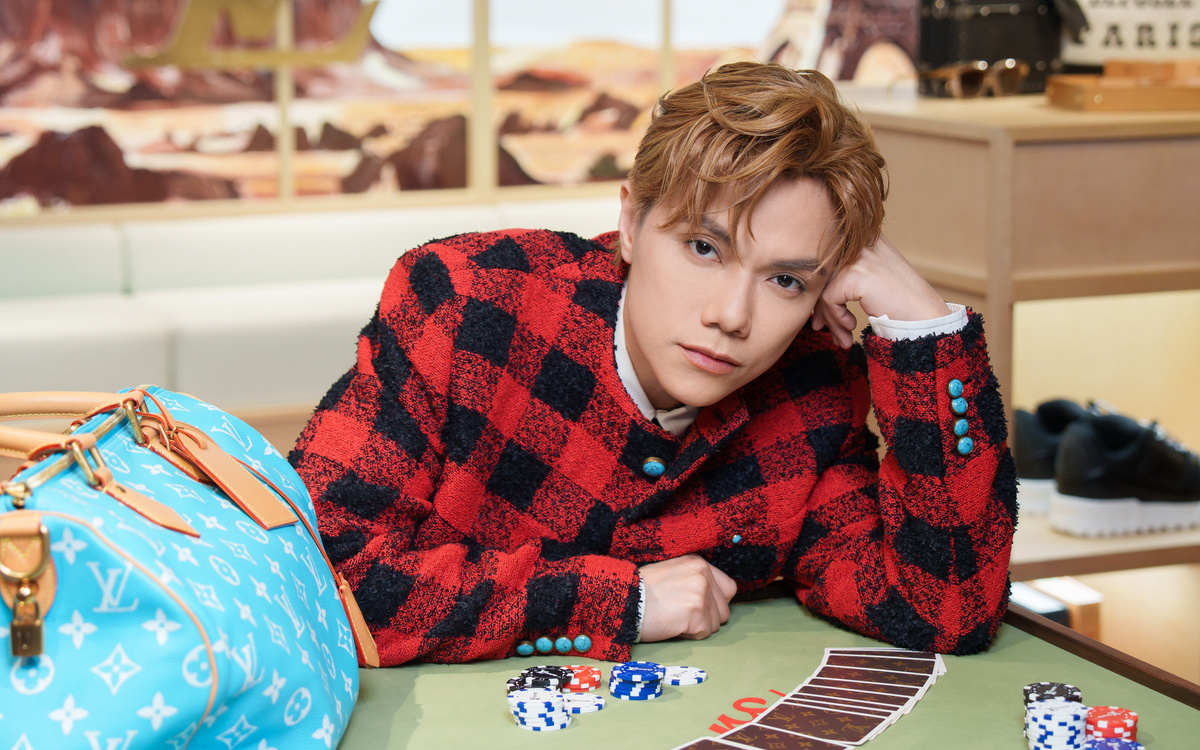
When fashion retailers do hire KOLs, they tend to go for specialists catering to a niche market. Nicolas Morineaux, CEO of the China arm of the upmarket French department store chain Galeries Lafayette, mentions “inviting some French-centric KOLs” for the launch of the company’s Boulevard Haussmann pop-up concept store in Shanghai, with a view to creating an immersive Parisian boutique shopping experience, in 2024.
He adds, however, that “influencers have been extremely commercial and sometimes overused”. Nowadays the company relies on their PR agency to identify and engage prominent influencers for them.
Morineaux also mentions that Galeries Lafayette is keen on hiring what they call “opinion sales associates” to promote a certain retail category or a handful of brands online. Other retailers who have already tried out the same advertising model include the luxury fashion shopping portal Net-a-Porter and the Hong Kong luxury-watch shopping platform Wristcheck.
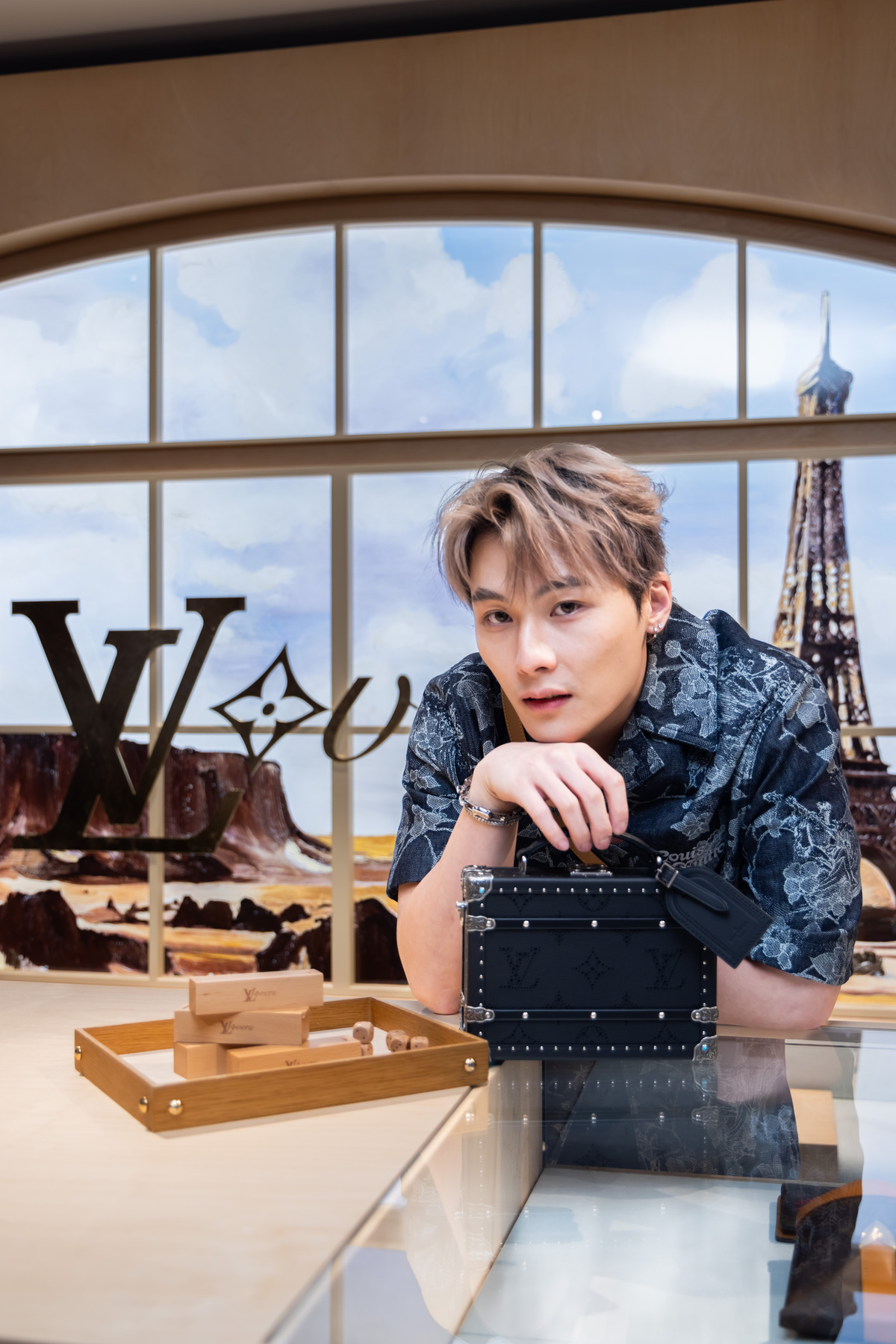
Pushing boundaries
In the complicated world of ever-changing luxury marketing strategies, surprisingly enough, traditional media continues to play a significant role. Lifestyle print magazines promoting luxury clothing and accessories are still relying on influencers to help them earn their advertising dollars.
“They serve as a bridge,” says Alex Sun, CEO and editorial director of Marie Claire China and W China. “We tend to work more with people who share our point of view and are more daring.” At a promotional event held in Harbin in December, Marie Claire China invited a female bodybuilder influencer, Bian Ruiying, among others. Sun says the gesture was meant “to push the boundaries of the idea of beauty”. The event reportedly triggered more than 100 headlines in Chinese mainland publications.
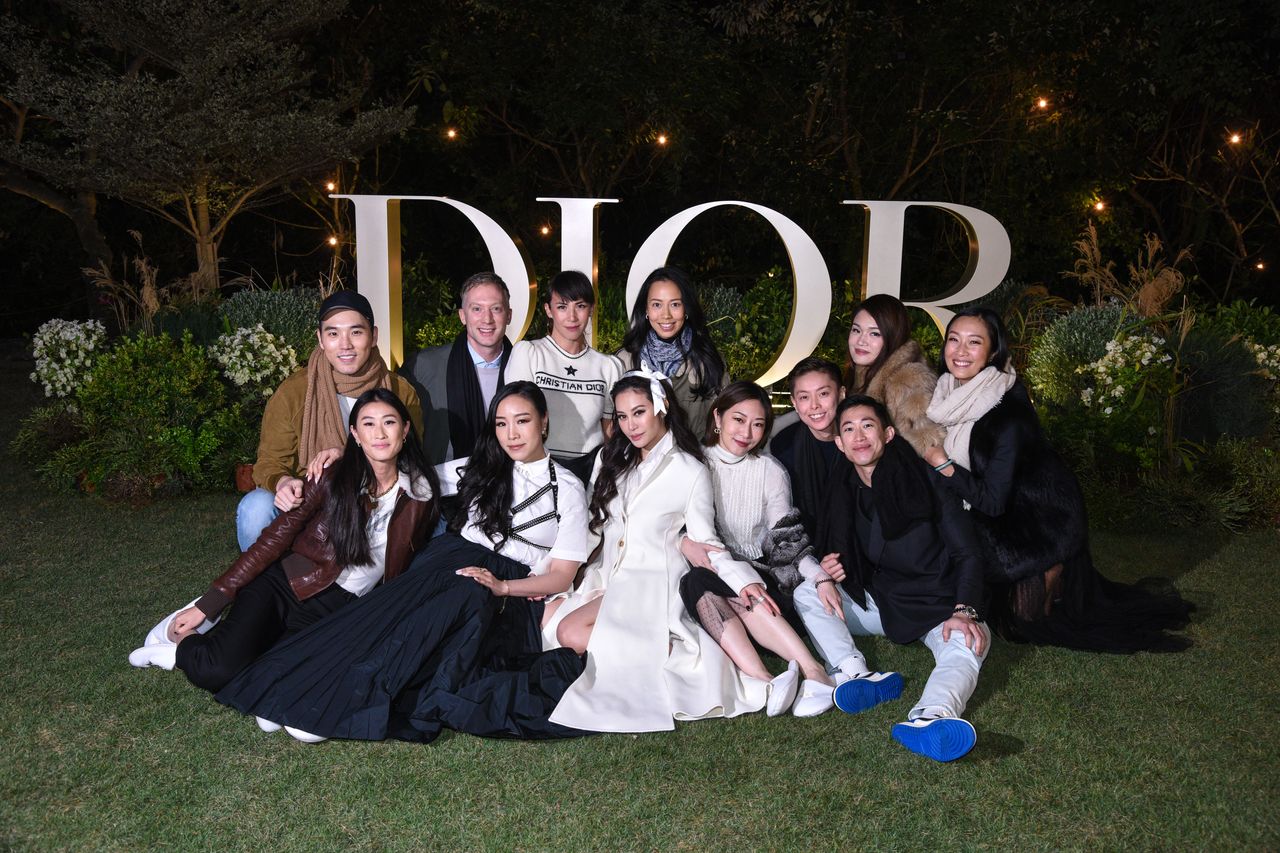
Multinational luxury brands looking to expand their customer base in China, on the other hand, seem to have moved on from relying solely on influencers for their big-budget campaigns. Most of them are trying to hire heavyweight artists with recognizable faces for such jobs. For instance, American luxury fashion brand Thom Browne has collaborated with Beijing-based musical collective Mola Oddity. Prada launched a Chinese New Year-themed podcast featuring painter Zhang Enli, actor-director Jia Ling, and art historian Wu Hong. Burberry took a more predictable route by casting actor, model and brand ambassador Zhang Jingyi as the face of its campaign.
Brands are still engaging KOLs, but often in a somewhat different capacity than before. Rather than getting hired to drive sales, influencers are invited to attend promotional events. Major international players like Louis Vuitton, Dior and Fendi, for instance, regularly invite KOLs to their launch parties and special events held at their boutique stores in Hong Kong, though not necessarily to serve as spokespersons for their products. Smaller, homegrown brands, like the clothes and accessories designer Sau Lee, still rely heavily on influencers to steer their campaigns — hence the social media label “influencer brands”.
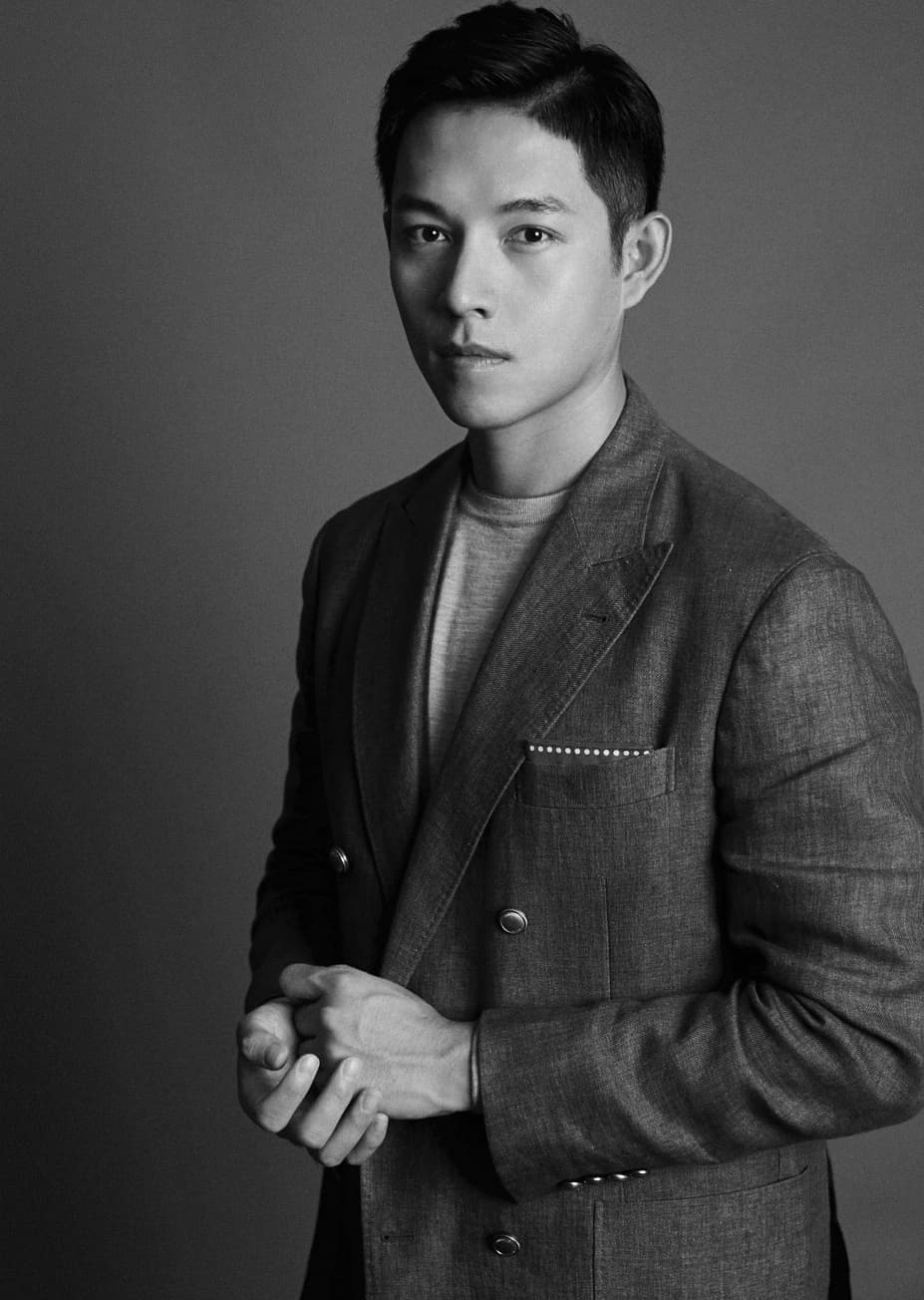
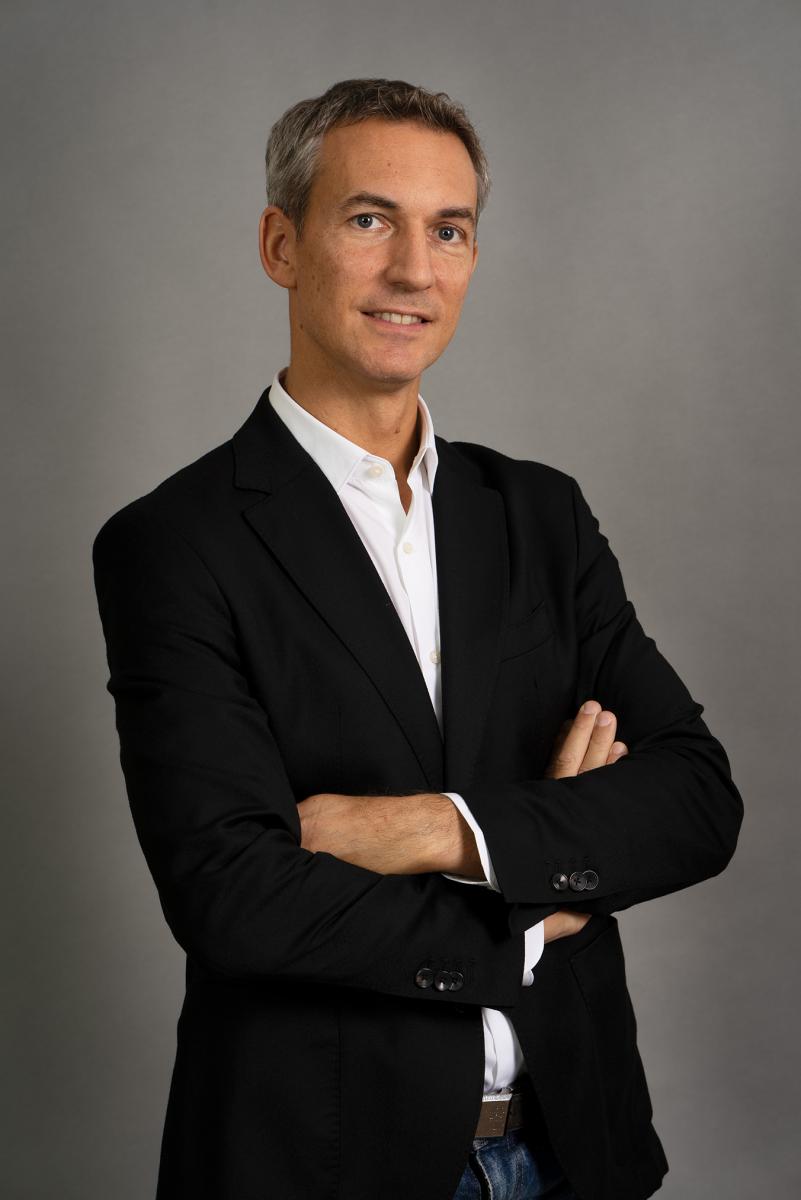
Quest for authenticity
By now it is clear that hiring influencers who are known for no other reason except promoting products online is a bit of a gamble. For instance stocks of the British brand Burberry, popular among Hong Kong’s affluent, fell drastically after influencers Lila Moss and Lina Zhang were hired to lead its Autumn/Winter 2024 campaign.
Viewers are usually quick to notice when influencers care more for self-promotion rather than promoting a brand. Hong Kong-based lifestyle influencer Jessie Li, who is co-founder of an AI-powered posture analysis platform, Relief X, says, “I focus on collaborating with brands that resonate with me, and also those that champion female empowerment.”
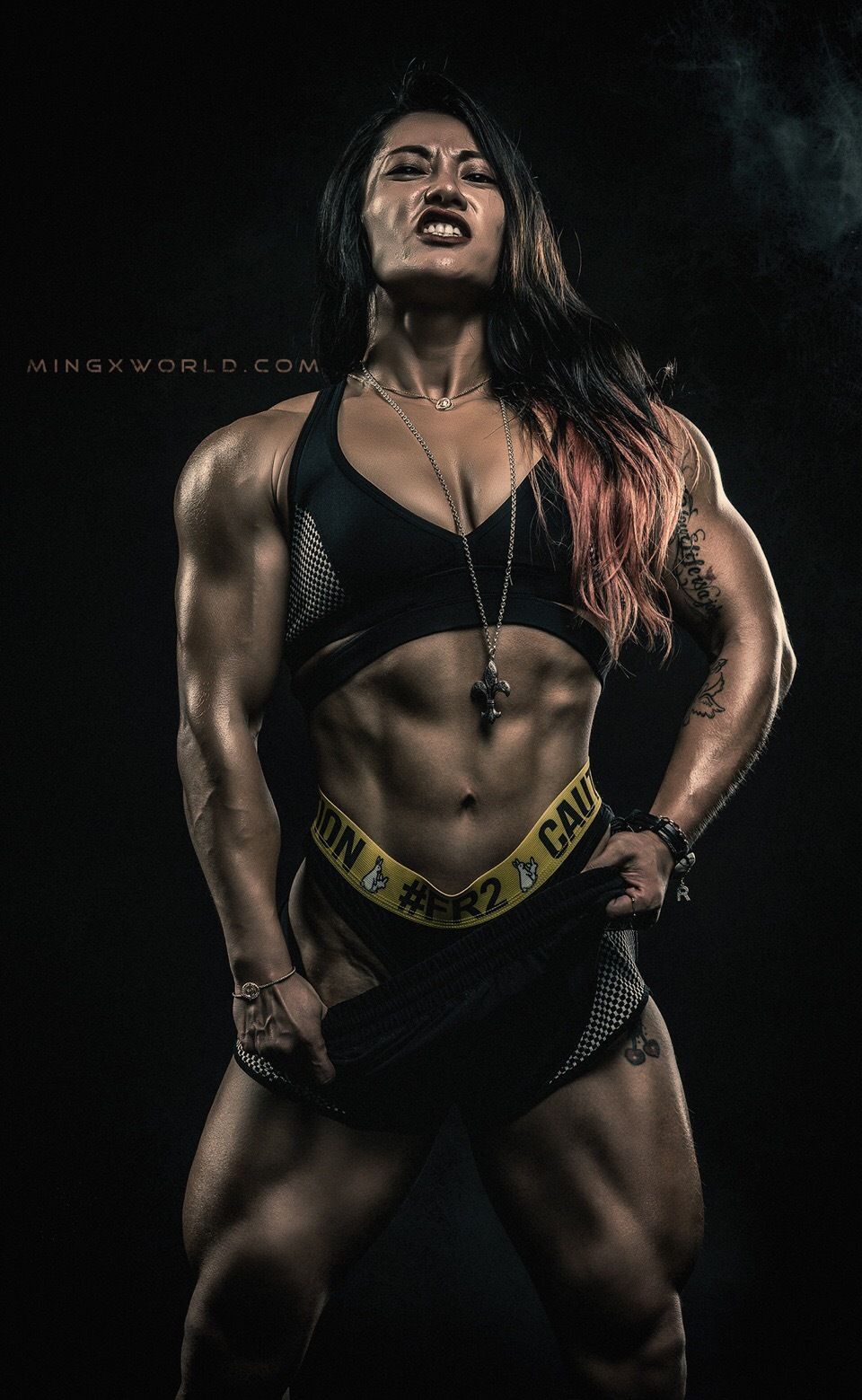
She adds that she is motivated by the prospect of “sharing my entrepreneurial journey, which is also a significant aspect of my identity. ... So I prioritize partnerships that align with my values and enhance my narrative, making sure that my endorsements reflect my true authentic self, enabling me to meaningfully engage with my audience”.
ALSO READ: Circular is the way to go
While Bakhtiari might be right about the influencer market being oversaturated, it’s a scene that is also evolving. Gone are the days when a product reviewer with no other aspirations except to attract more views to their YouTube channel could land a lucrative contract with a luxury brand. Nowadays, influencers need to work hard at creating an identity for themselves — one that resonates with the values of the brand they promote — if they want to be taken seriously.



